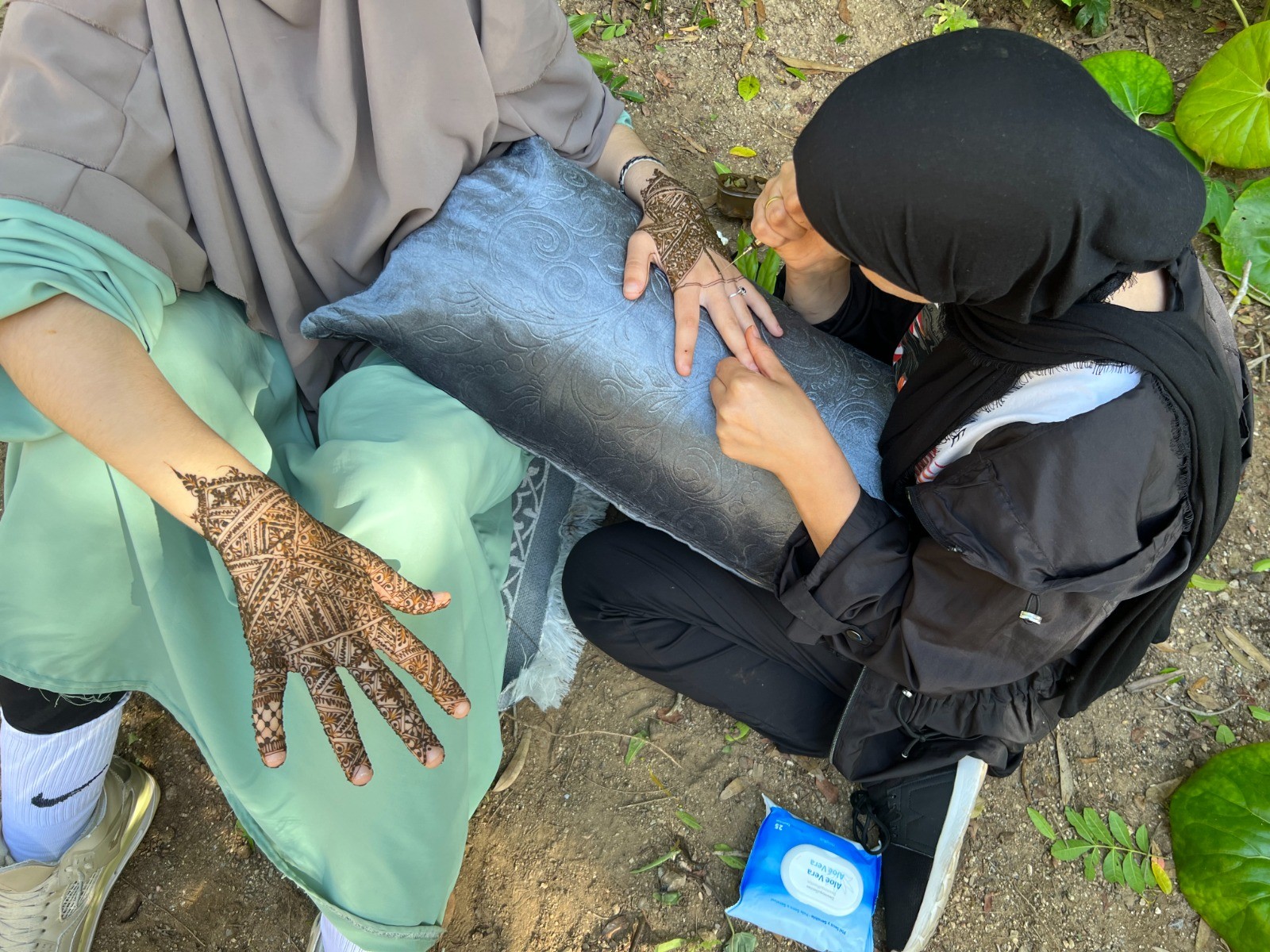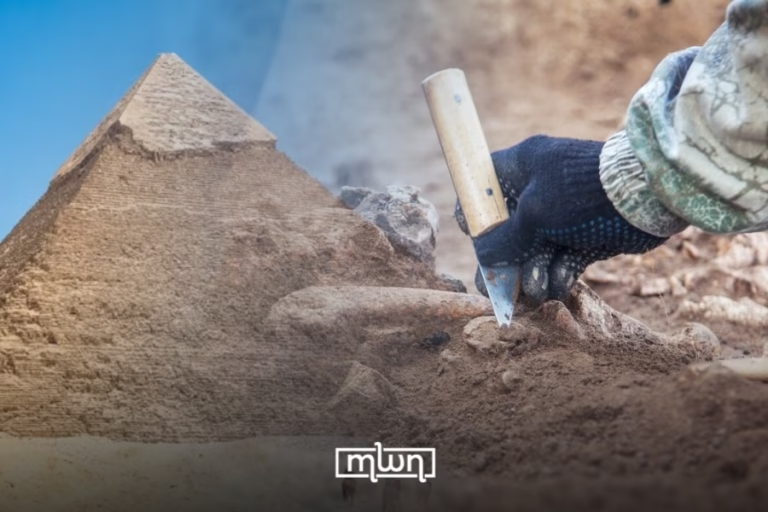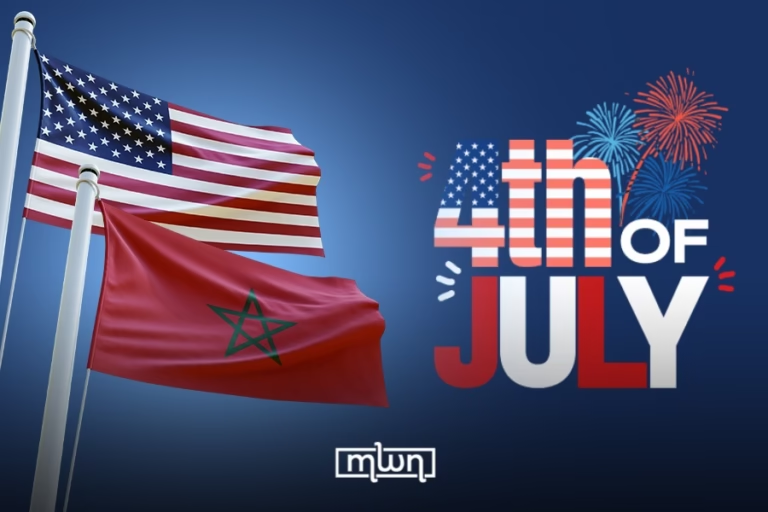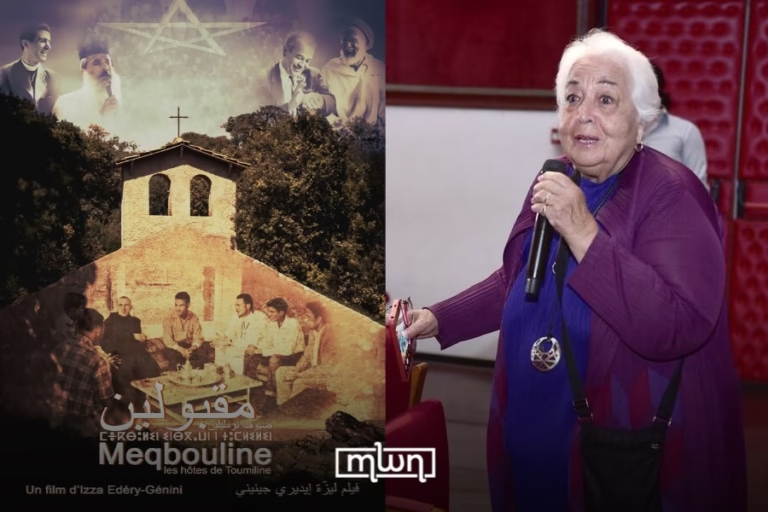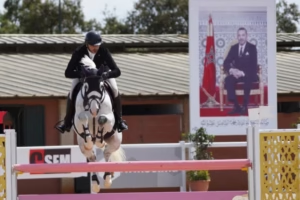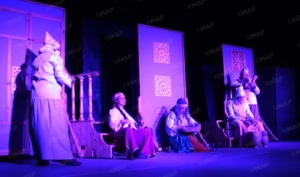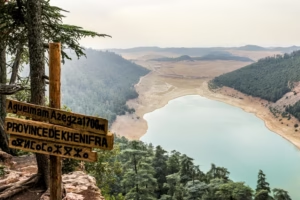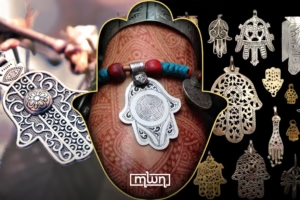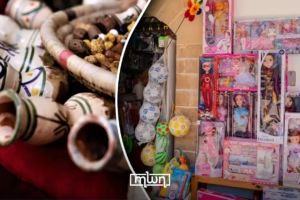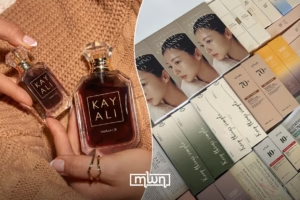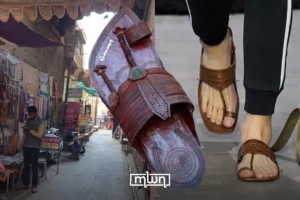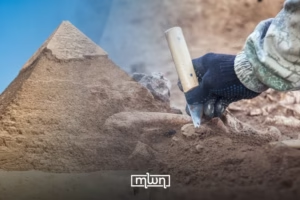Rabat – Henna is a centuries-old tradition in Morocco, originated from Amazigh culture. The application of henna is usually a social ritual that brings people together. The plant paste was initially utilized as a way to escape the heat–given its natural cooling effect, as well as moisturizing quality. Thousands of years ago, people used to apply it to the skin when seeking to relieve stomach aches, headaches, or any sort of skin ailments.
Henna celebrates and protects
Special occasions in Morocco are always celebrated with henna–or even an entire henna party, in the case of weddings. Such celebrations go hand in hand with important events in young women’s lives. From engagements to pregnancies, henna “leaves a mark” on special occasions–the darker the stain, the deeper the love.
Despite it often tracing the journey into womanhood, henna is for everyone. Women of all ages get beautiful designs on their hands and feet, while some men choose to darken their beards. However, at a marriage henna party, the bride receives the most elaborate design. The bride may choose to have the groom’s name discreetly included in her design. Additionally, only married women can display henna on the souls of their feet.
It is believed that henna brings “baraka”, or good luck, and protects from the evil eye. Typical motifs include an eye, the“hamsa”, or diamond-like shapes. Demons are said to have a vulnerability when it comes to henna. Thus, it is attributed a spiritual significance, as well as a social one. The act of getting henna is also about appreciating and enhancing beauty.
Process
The process of making the henna is rather simple. However, perfecting it is quite challenging.
The henna plant — Lawsonia inermis — thrives in desert climates. It can most often be found in Southern Morocco – more specifically, the Zagora region. Only the leaves of the small tree are used in the production of the actual henna. Lawsone,hennotannic acid, is a red dye that binds to keratin –and is the reason henna leaves a temporary stain on the skin. When it comes to hair and nails, however, the color change is permanent.
After the leaves are collected from the tree, they are dried, crushed, and pestled into a paste. Artists have their own unique techniques and add various ingredients of choice– water, tea, oils, sugar, lemon, etc. The goal is to make the mixture as green as possible, since greener paste leads to a stronger red color stain on the skin.
Specifically-modified syringes are used to apply henna. They are altered so that they do not hurt the skin but still provide the artist with the precision needed for elaborate designs. Once applied, the paste should be left to dry for about 30 minutes. A slight burning sensation is not uncommon. Then, the design is sealed with lemon and sugar, which relieve the stiffness of the henna and ensure a lasting result.
Ideally, the skin should not be washed until the following day. The longer the henna is kept in place, the more the stain gets oxidized–reaching a darker color. That way, the design stays on as long as possible, usually, about three weeks.
Style and design
While Indian henna is famous for its floral designs, the Moroccan tradition leans more towards geometric patterns. The most popular one is the Fessi style–originating from Fes. It has a very dense ornamentation that tends to completely cover the hand, with almost no repetition. The Marrakechi style is also quite widespread–with its intertwining leaves and daintier designs.
In general, Northern Morocco puts an emphasis on floral and leafy designs. Southern Morocco is better known for bolder patterns. However, due to the growth in henna’s popularity, most artists offer styles from all over.
Beware
Natural henna has a brownish-red color. On rare occasions, it is mixed with indigo to get to a darker, almost black shade. Legitimate Moroccan henna artists seldom have that option.
To stay on the safer side, try to stay away from black henna. There are many scam artists in the big cities who offer “fake” henna. The black color is most commonly achieved with the use of PPD – a chemical used in permanent hair dye that can cause a severe allergic reaction and chemical burns. Some studies even associate it with cancer.
Depending on your location, henna prices may vary. More touristic cities, like Marrakech and Casablanca, tend to charge more, with prices starting at MAD 100. Experienced artists who make their own paste also fix higher fees. In Rabat, henna is available at MAD 20. Just make sure you do your due diligence before booking an appointment–that way, you ensure you’re receiving a long-lasting, beautiful design.

